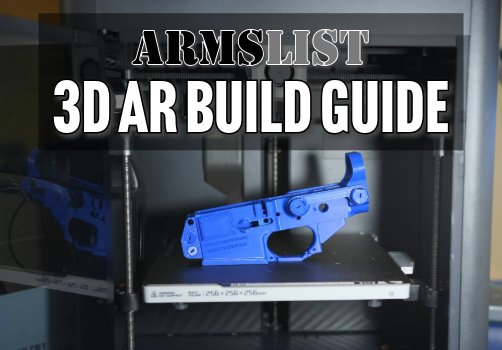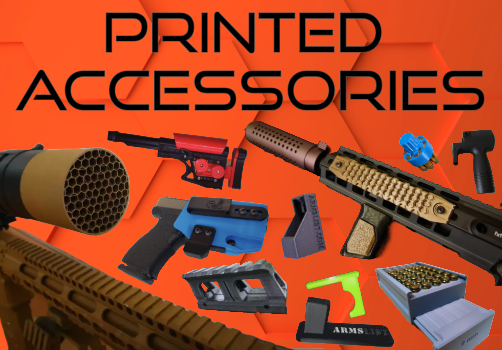Subscribe to view this content!

Ready to build? Let’s get started. |

|
|
|
|
|
|
|
|
|
|
|
|
|
|
|








|
|
3D AR Build Guide:The Ghost 15 - Subscriber Exclusive! |

|
|
Print to Perform:Top 3D-Printed Accessories and Mods for Your Firearm -Subscriber Exclusive! |

|
|
VIP Vault Grand Opening GiveawayChance to win Complete Glock Slide & Lower Parts Kit |
Get the best deals on guns, ammo, optics, and more!
Enter your email, click "SIGN UP", and we'll send them straight to your inbox!
